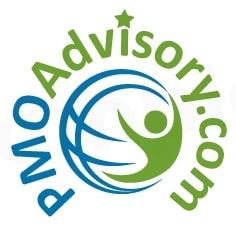(excerpted) “Risk management does not have to be complicated. Really. Allow me to share seven simple ways to manage enterprise, portfolio, program, and project risks.
- Define your goals. Put your goals in writing.
- Determine what may help or hinder your efforts. Now consider the things that may help you achieve your goals. What opportunities can you exploit or enhance?
- Prioritize the risks. The project manager’s aim is not to eliminate all risks; there will always be some residual risk. Rather, focus on the things that matter most.
- Develop response plans. Once we understand the most significant opportunities and threats, we must determine how we will respond. How will you avoid, mitigate, or transfer threats?
- Look at the results. As we execute our response plans, we should examine the results. Are you achieving your goals? What tweaks do you need to make? Are there preventative measures you need to take?
- Ask what’s different. Good risk management requires periodic reviews.
- Conduct lessons learned. After every project, review how you identified, evaluated, responded to, and monitored risks. What could you do in future projects to make it easier and get better results? – Harry Hall for aits.org, excerpted from the article, “How to Keep Your Risk Management Genuinely Simple” click here to read in its entirety. Harry Hall is the Project Risk Coach, you can visit his site by clicking here.
Well said! PMO Advisory is excited to offer courses throughout the year designed for project professionals interested in Portfolio (PfMP), Program (PgMP), Project (PMP & CAPM) Risk (PMI-RMP) Management, and Agile (PMI-ACP) certifications.

